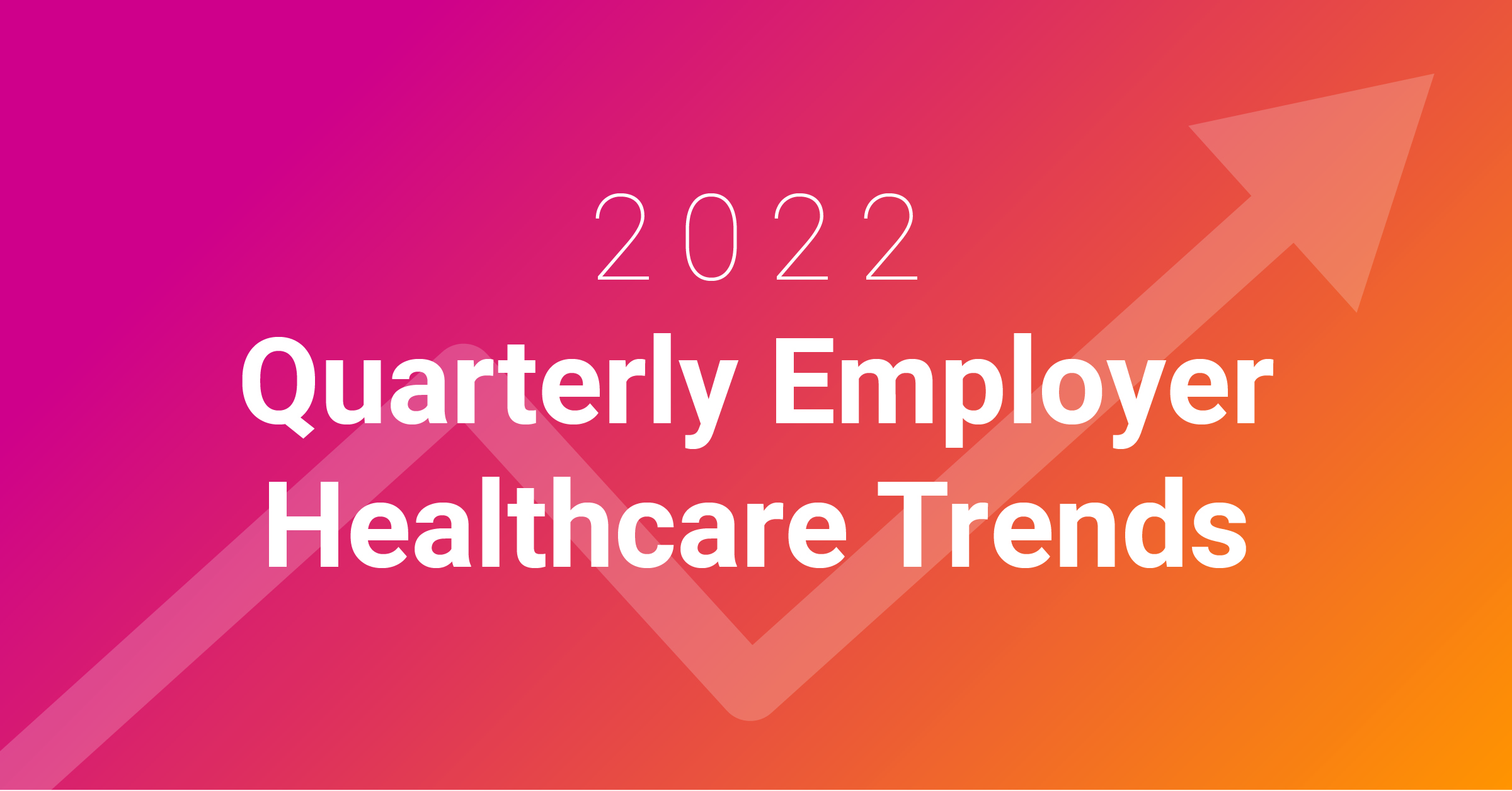The past two years have created special challenges for employers, and this continues to be the case as the workplace evolves. As we start to settle into the normalcy of change, it’s time to make adjustments now, while looking to the future. Here are some healthcare workforce trends employers are seeing in the second quarter of 2022.
A Return to In-person Work
The hybrid work model is gaining in popularity as more companies are asking employees to return to the office. An increasing number of employees are also ready to go back stating reduced concerns over COVID-19 exposure, more opportunity for professional development and the chance to engage with their coworkers in person again.
While this is encouraging, employers are aware that not all employees feel this way. If given the choice, the Pew Research Center found that 60% of workers with jobs that can be done remotely say they’d like to continue to work from home all of the time or the majority of the time when the pandemic is over. This is a 6% increase since 2000. Some of the reasons driving this are concerns about lingering burnout from the past two years, as well as long commute times, high fuel prices, childcare challenges and work/life balance.
“Leaders need to embrace intentional connectivity through technology tools and proactive outreach to employees to ensure engagement and support,” says Debby Routt, Chief People Experience Officer for Marathon Health. “That coupled with clear guidelines and goals on what is required of the employee, specific development plans, and a watchful eye to ensure balance for hybrid employees when work ‘creeps’ into personal time helps ensure success in the new hybrid world.”
Employers should keep an open dialogue with their employees to check in on how they’re doing while returning to the office and continue to be flexible so they can provide the needed support to their staff.
Ongoing Behavioral Health Support
Whether they return to the office or not, employees are still struggling with managing their mental health needs as 50% of employees report feeling increasingly stressed. To help combat this, most employers say behavioral health services are a must-have.
Employee assistance programs (EAPs) are a popular option for companies, along with offering additional onsite, near-site or virtual behavioral health support. By removing some of the barriers put in place by traditional health insurance, such as having to find a provider in their network and long wait times, employers are making it easier to access behavioral health services. They often give employees the flexibility of receiving behavioral health counseling virtually or in person and can provide assistance in niche areas such as marital counseling, elder care or crisis support.
By offering behavioral health, alongside other healthcare, employers are helping their teams get the integrated care they need. “One of the benefits of counseling is that it really helps you gain a strong understanding of how things like anxiety and stress impact you physically,” says Damir Alisa, Behavioral Health Counselor for Marathon Health. “It also provides employees with the tools they need to help cope with these issues.”
When integrated into an employer-sponsored healthcare model, a behavioral health counselor can offer a warm handoff to a connected primary care provider through onsite, nearsite or virtual care and vice versa.
Utilization is key to make any behavioral health model successful. Employers need to effectively communicate the types of resources available to employees and make adjustments to the scope of services they’re offering as employees’ needs change over time.
Hold lunch and learns on a variety of behavioral health topics, advertise it in your employee newsletter and on your Intranet, hang flyers in the lunch room, and work with your Marathon Health client advocate or care team to see what marketing materials can be mailed or emailed to employees to help promote the service.
A Focus on Employee Health Equity
The pandemic has brought more discussion around health disparities in the United States and employers are taking a more active role in making sure to address them. Employees who live in rural areas and minorities often lack access to quality healthcare. Since 55% of the U.S. population receives health benefits through their employer, it’s important to offer healthcare that’s affordable and accessible for your employee population.
“Employees spend about one-third of their life at work. Employers have a unique ability to provide employees with a healthcare solution that is highly valued and effective and one that their workforce will utilize and appreciate. By offering a primary care benefit, employers are removing so many barriers,” Kisha Berland, Vice President of Market Development and Expansion for Marathon Health.
Employers should also be aware that their employee population can face further hurdles due to a lack of reliable transportation, food deserts, language barriers and housing shortages. Patient Health Risk Assessments (HRA) offered through your employer-sponsored healthcare model and Community Health Needs Assessments can offer insight into health disparities.
Employers are increasingly partnering in communities to brainstorm ideas and work together to find solutions to tackle barriers. “We’re seeing more employers come to the forefront realizing they play an active role in addressing the Social Determinants of Health,“ says Terry Layman, SVP, Corporate Medical Director for Marathon Health. “One employer we work with identified the need for better access to food and began a mobile food pantry pilot, another has developed a program to transport employees to health appointments and has partnered with community service organizations to assist with employee needs. By working together, we can all improve health equity.”
You might also like
Subscribe to our newsletter and stay on the cutting edge of worksite healthcare.










